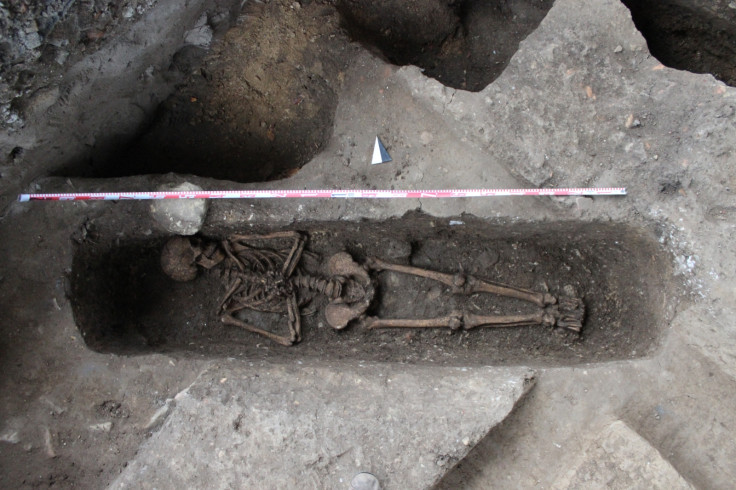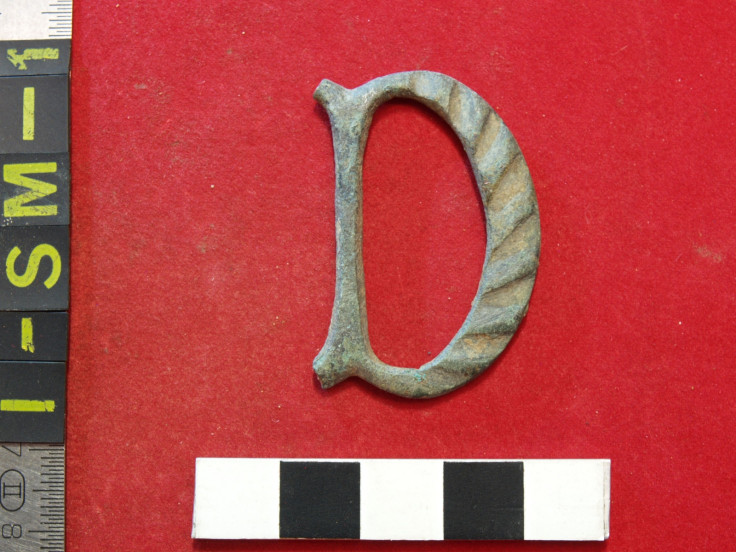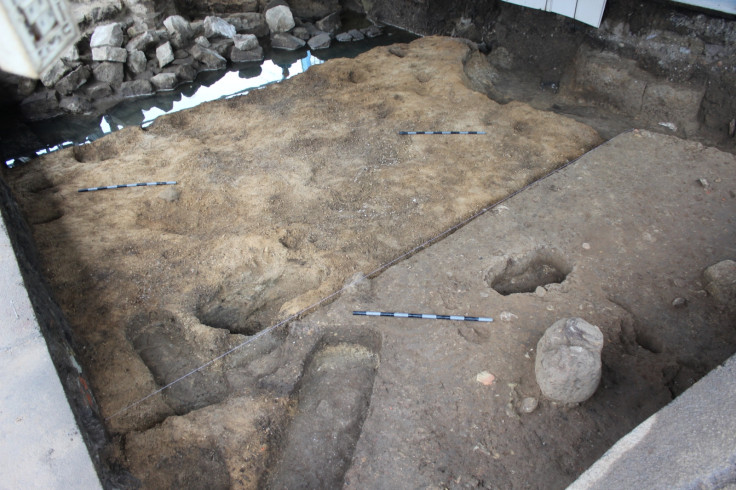Taiwan: Earliest Catholic grave in Asia-Pacific unearthed
Excavation of an early 17th Century grave has revealed a body buried with its hands in prayer.
Investigation of the earliest Spanish settlements in Taiwan, dating from the 1620s, has revealed the earliest European-style burial discovered so far in Asia-Pacific.
The body is an adult male buried in a Catholic cemetery at the 17th Century Spanish settlement of San Salvador de Isla Hermosa on the Taiwanese island of Heping Dao (Peace Island), which was occupied between 1626 until 1642. DNA samples from the skeleton have been sent for analysis to investigate the man's age, ethnic origin and health.
"It's the first time we have such an old European grave uncovered in Asia-Pacific as a whole. In the whole region there has been nothing discovered like this," Berrocal told IBTimes UK.
The cemetery contains bodies from Europeans, local Taiwanese people and possibly people of African origin brought to the island as slaves. Researchers led by María Cruz Berrocal of the University of Konstanz are hoping to discover more about disease transmission due to the interactions of European colonisers with the local people.
Harsh reality
Investigation of the site has overturned many long-held views of the Spanish colonisation of Taiwan.
"The only record about the colony was in the European archives. There was nothing archaeologically speaking. There were no material traces," Berrocal said. "We decided to start this research because the documents are sometimes biased. We needed the archaeological evidence."
The evidence discovered so far has contradicted the view offered by the European colonisers. In the documents from the time, the Spanish settlers depicted themselves as an imposing and powerful presence on the island.

"The views the Spanish had about the indigenous people were always very negative," Berrocal said.
Archaeological excavations told a different story. There were only a few European settlers at the site and they were extremely poor. They depended on Chinese trade with Taiwan and left very few signs of their own European heritage behind. Compared with the later Chinese and Japanese occupations of Taiwan, the European record is extremely sparse.

"We don't have any European artefacts. We just have a bronze buckle and that's all."
The research is published in the book Historical Archaeology of Early Modern Colonialism in Asia-Pacific, edited by Berrocal and Cheng-hwa Tsang of the Institute of History and Philology, Academia Sinica, Taiwan.

© Copyright IBTimes 2025. All rights reserved.






















